Featured Aspire Awardees
-
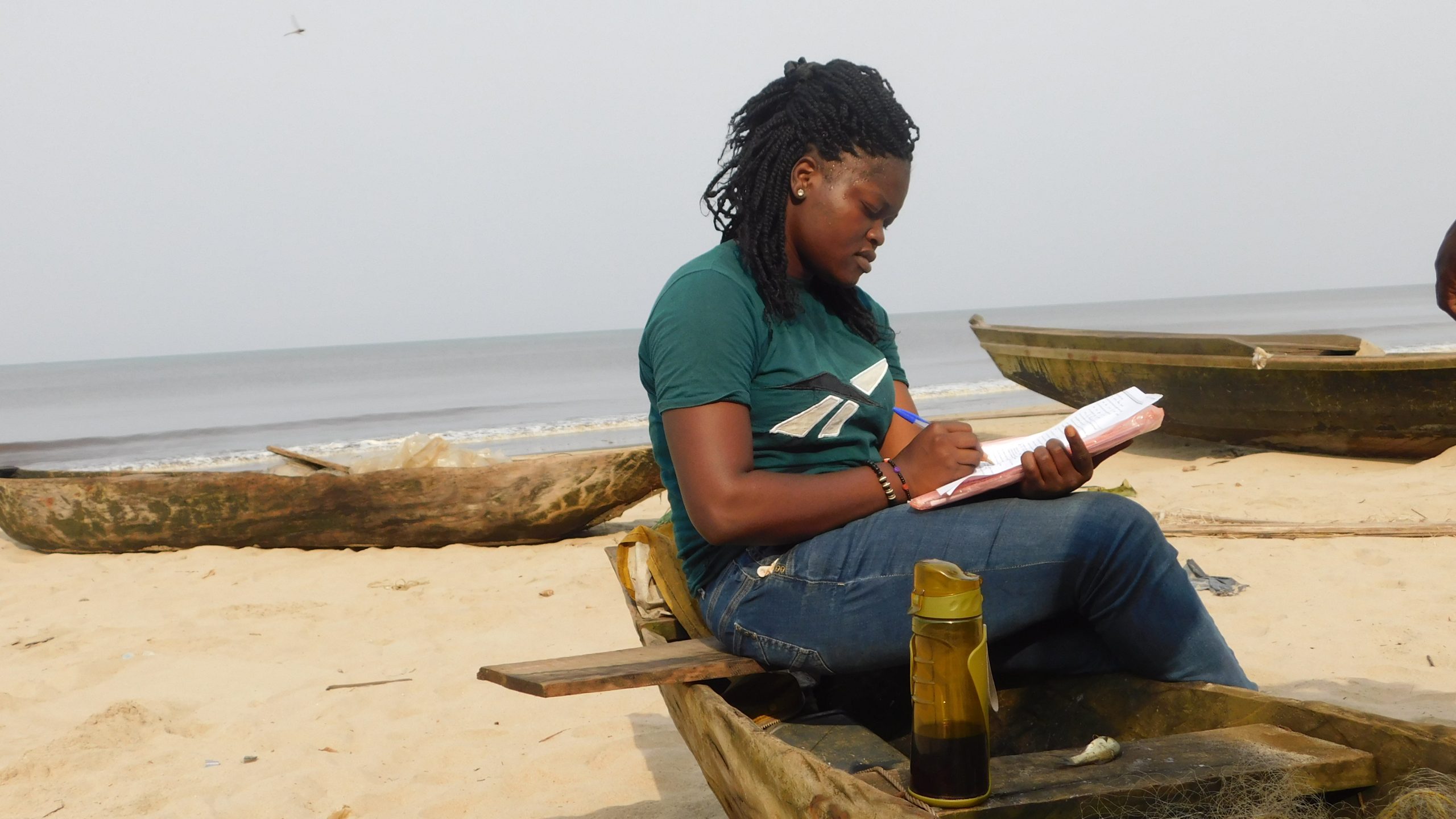
A shero’s journey to saving sea turtles
Five of the world’s seven sea turtle species are found in central Africa. And over half of those species are considered threatened or endangered. In central Africa, sea turtles serve as significant sources of food and income for people living near turtle habitats. For her 2016 CARN research, Ursla Bénédite Koumbo Tagaoum assessed the status…
-
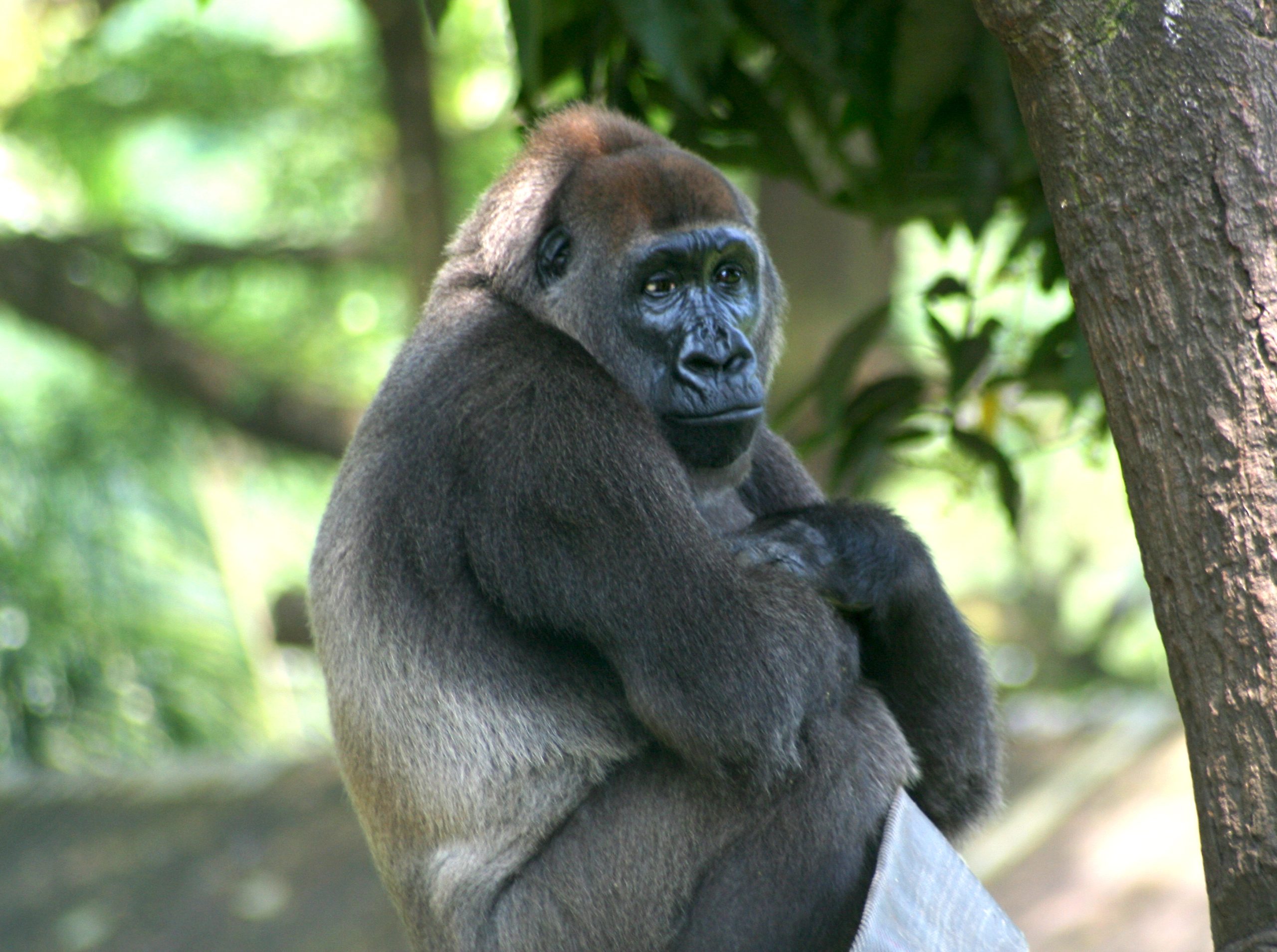
Farming, fragmentation and gorillas on the Cameroon-Nigeria border
In patches of highland forest along the Cameroon-Nigeria border live some of the rarest apes in the world: cross river gorillas, a subspecies of the western lowland gorilla. They are critically endangered. Less than 250 are left in the wild, the dwindling numbers largely due to habitat loss and illegal hunting.
-
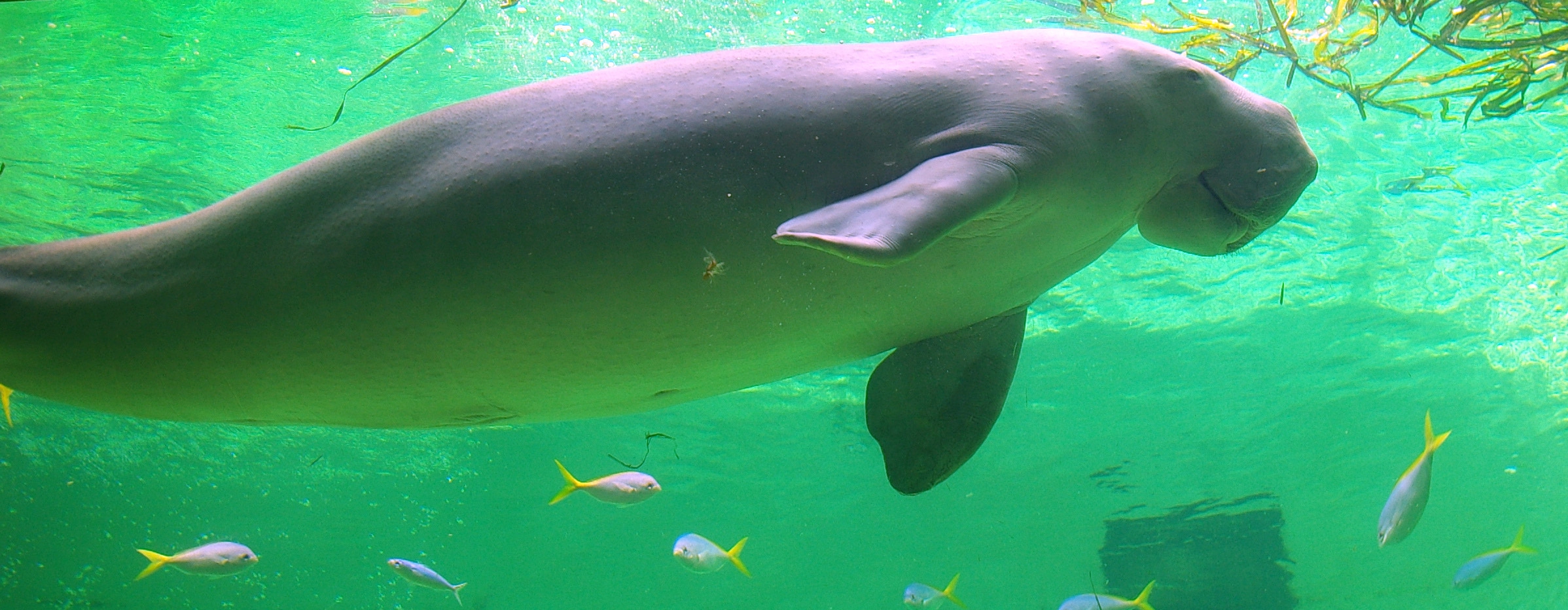
Working with fisherman to protect a gentle aquatic giant
Little is known about the population status of the African manatee, the gentle-looking aquatic mammal found throughout west and central Africa. The little knowledge scientists do have, however, is enough to categorize the species as “vulnerable,” according to the IUCN. In Cameroon, manatees are hunted for their meat, accidentally caught in fishing nets and suffering…
-
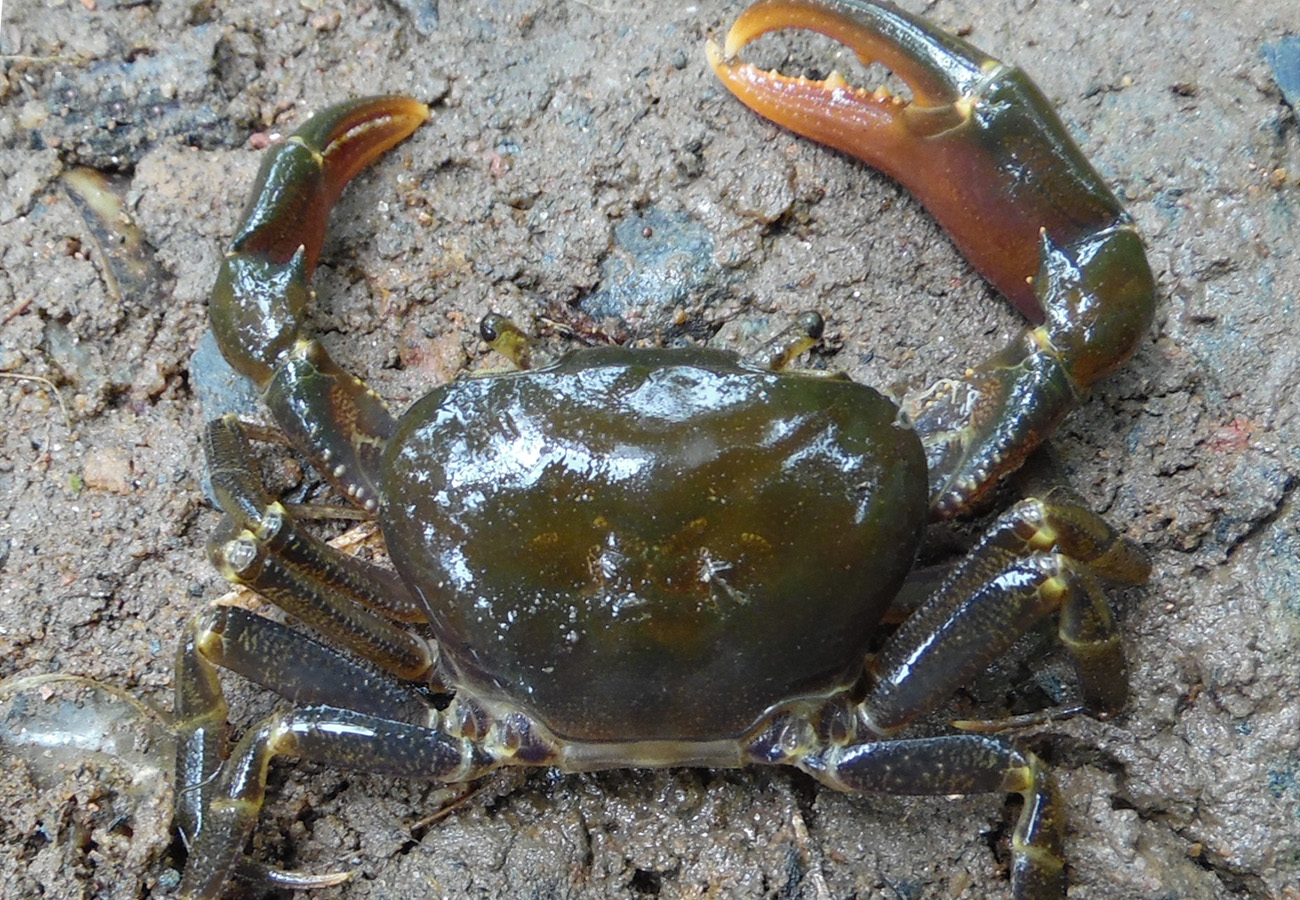
Discoveries, and re-discoveries, of freshwater crabs in Cameroon
Louisea edeansis is an unassuming freshwater crab, as far as freshwater crabs go, of average size with a dull brown-orange hue. This endangered species lives in southern Cameroon, and was first described in the early 1900s. Some presumed it to be extinct, as it hadn’t been seen since then – until Pierre Armand Mvogo-Ndongo took…
-
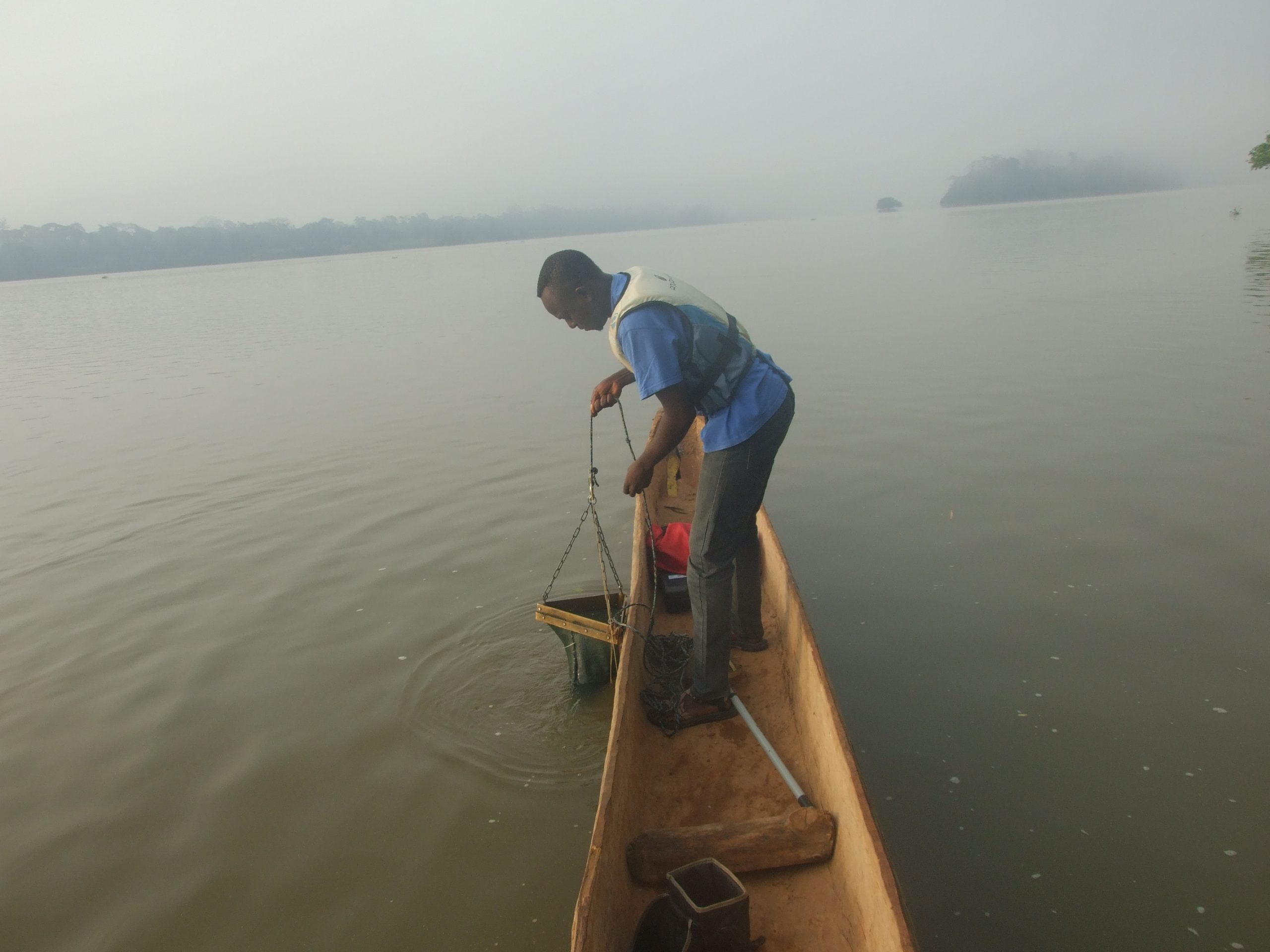
Giving Congo River gastropods their due
The Congo River winds over thousands of miles through the Democratic Republic of Congo. The river is Africa’s largest, and a known biodiversity hotspot, home to species found nowhere else in the world, including molluscs like mussels and snails. These species play important ecological roles and are a source of food and income for communities…
-
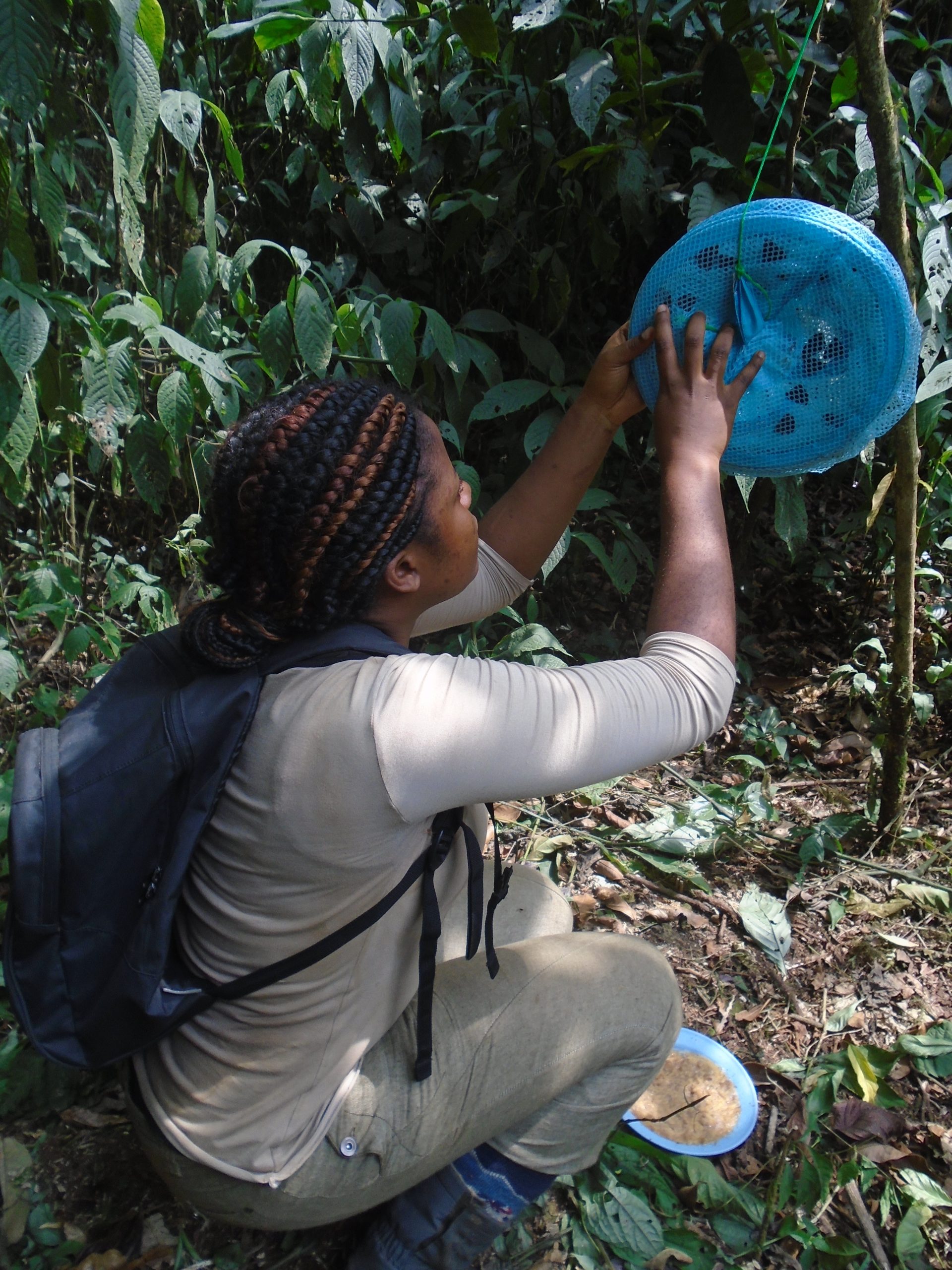
The ecology of butterflies on the mountain
Mount Cameroon, the highest peak in central Africa, harbors an incredible wealth of biodiversity. But the one creature visitors are guaranteed to see are butterflies. Richly hued, iridescent, basking in ever-shifting spots of sun or feeding on fruit. Butterflies are ubiquitous on the Mount Cameroon, and they serve important ecological roles, such as pollinating native…
-
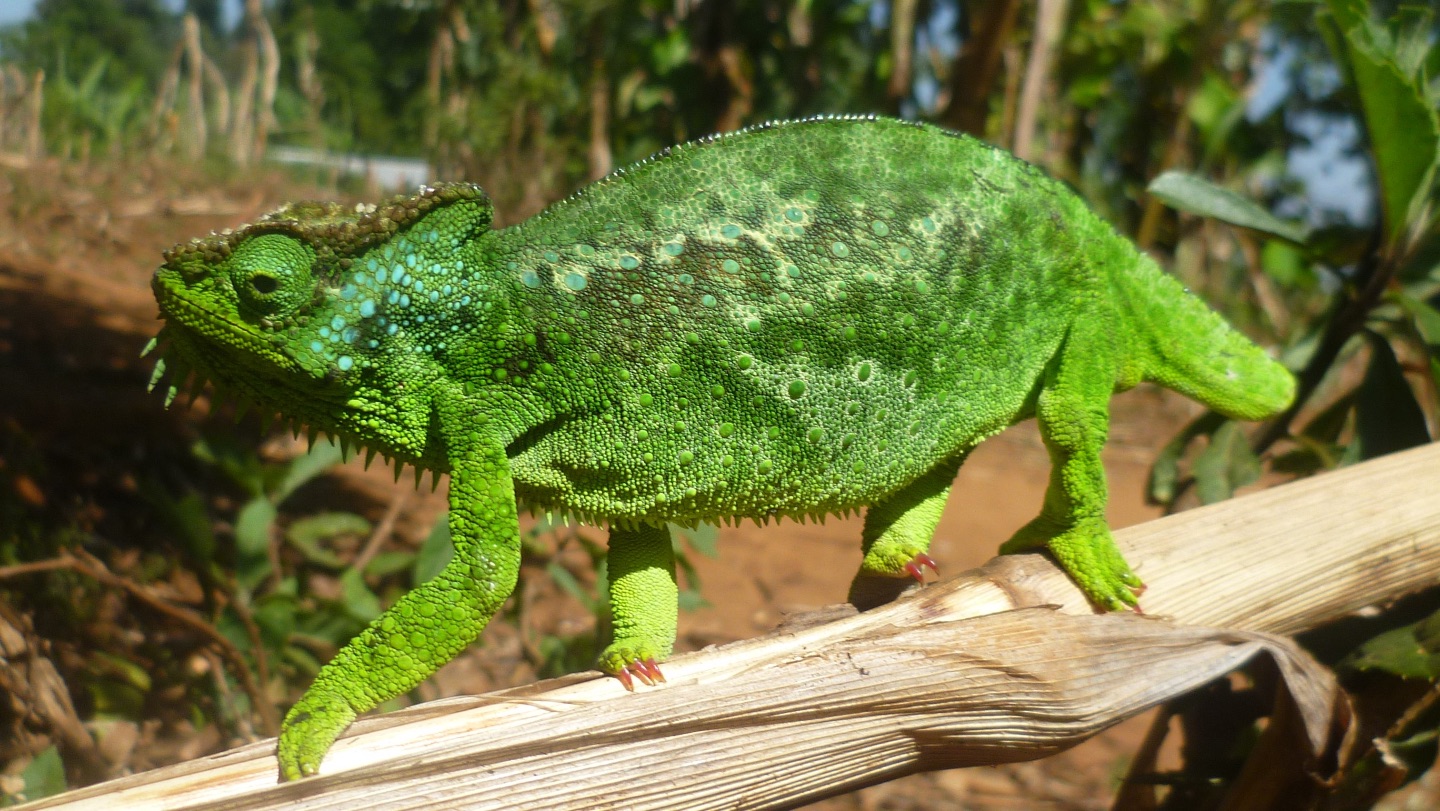
Getting to know Cameroon’s volcanic line chameleons
Cameroon is home to over a dozen known species of chameleons, including six that are endemic to the country’s volcanic line — a string of volcanoes that extends from the coast into the center of the country.
-

An amphibian sanctuary in Cameroon
Scientists have been charting a global decline in amphibians for at least a decade. While this decline has been well-studied in the neotropics, research is still sparse on amphibian diversity in central Africa.
-
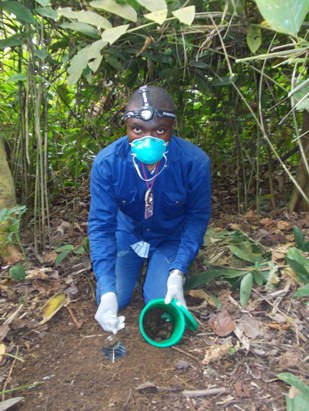
Dung beetles: the unsung heroes of ecosystem health
Dung beetles are crucial to the health of ecosystems. They help recycle nutrients, suppress parasites and even disperse seeds. They are also highly dependent on other animals — specifically, what those other animals leave behind — which influences the size, distribution and composition of dung beetle populations.